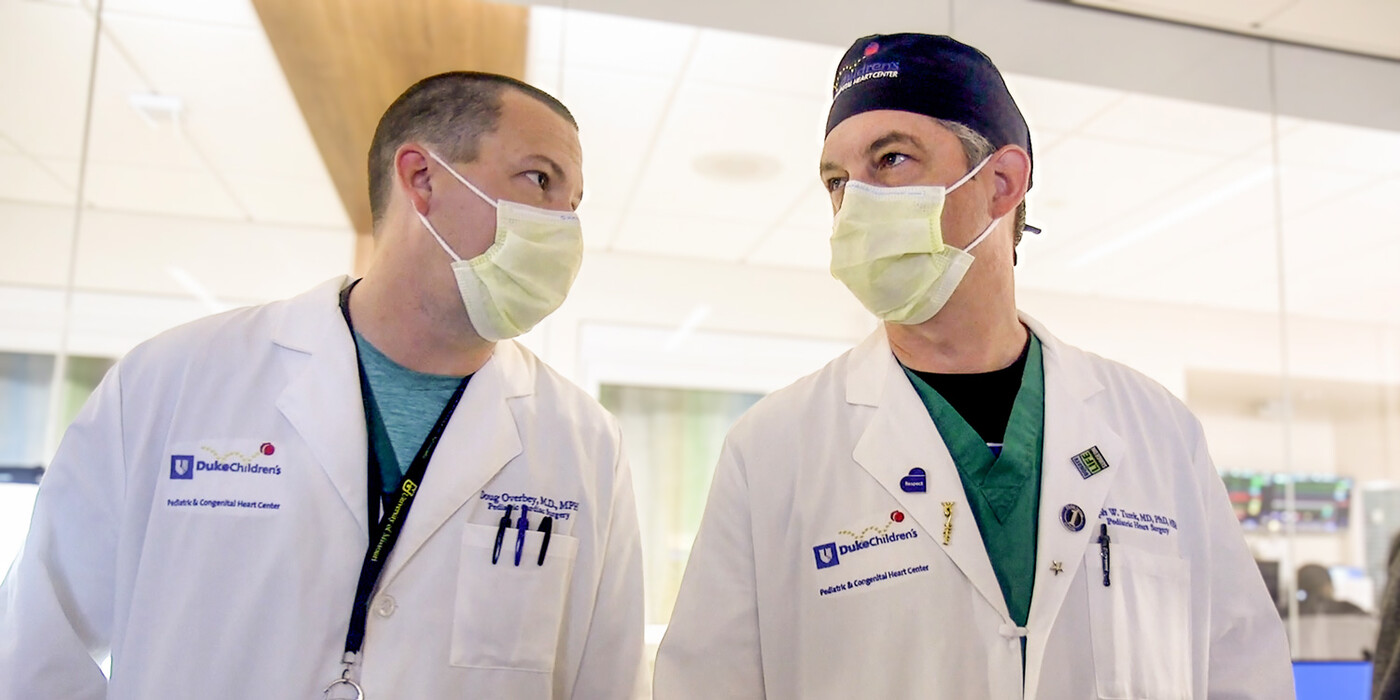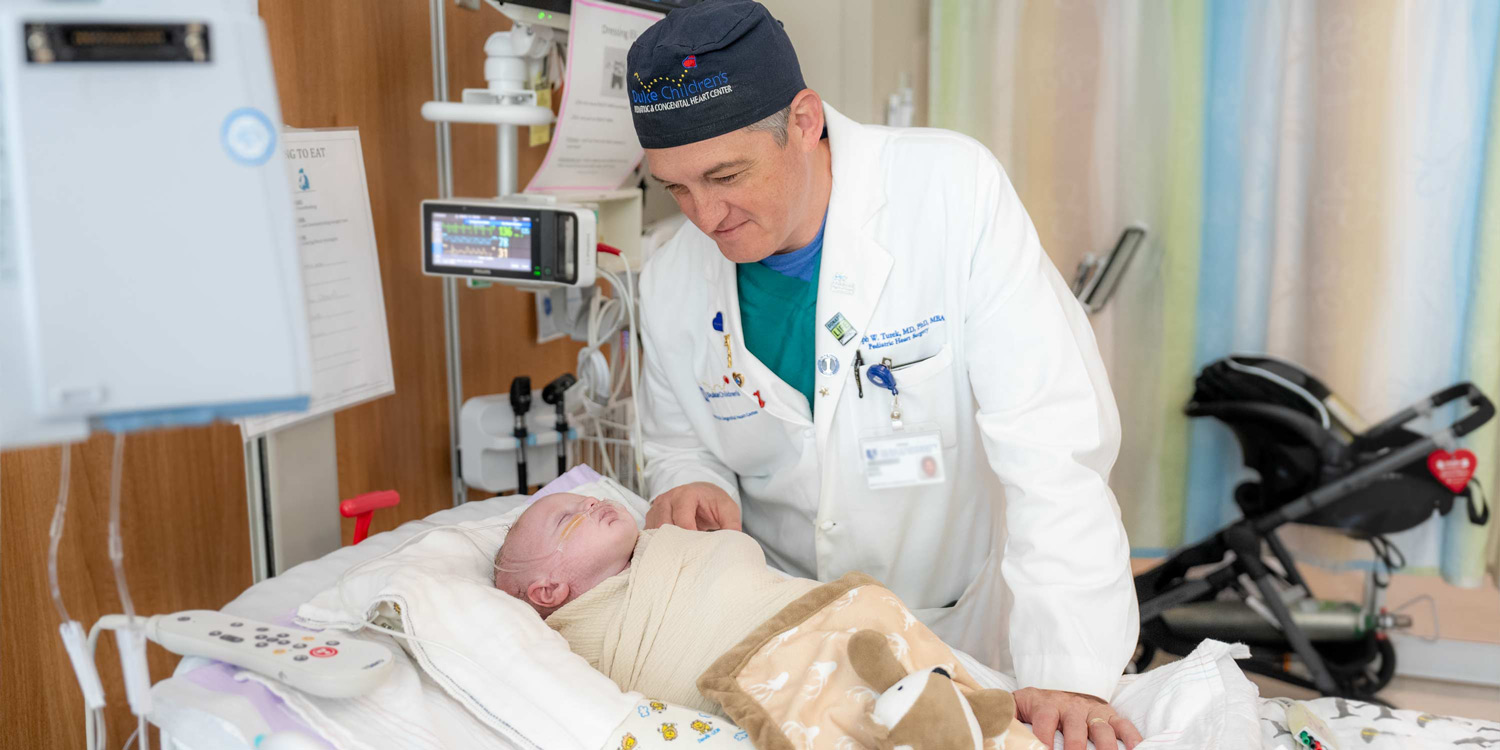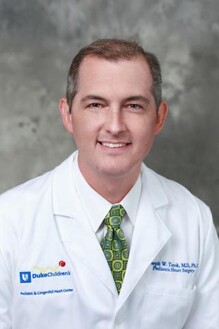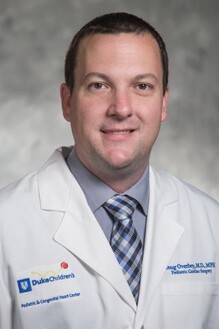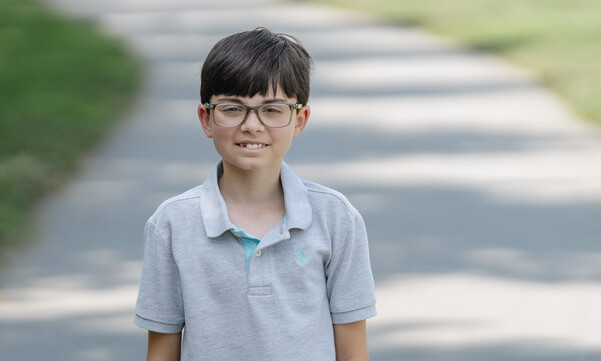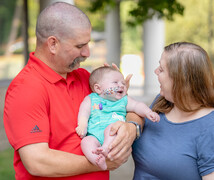A new approach developed by Duke surgeons for a risky pediatric heart surgery increases patient survival by almost 10%, according to a study published in 2022.1 The Norwood procedure -- the first in a series of surgeries that treat infants with congenital heart diseases like hypoplastic left heart syndrome (HLHS) -- is one of the most complex pediatric heart operations performed today. The study also showed newborns who underwent the surgery using the new technique, called Sustained Total All-Region (STAR) perfusion, recovered faster following the operation.
About Hypoplastic Left Heart Syndrome
Without treatment, HLHS can be deadly within the first few days of life. A baby with HLHS (sometimes called "half a heart") is born with only one of two pumping chambers in the heart -- this is called a single ventricle heart defect. Apart from a heart transplant, a set of three operations (together called single ventricle palliation) performed over several years is the standard of care to repair HLHS and similar single ventricle defects. The Norwood operation is the first operation, and it takes place just days after birth.
“The Norwood procedure is the best option for single ventricle palliation survival, although sometimes we use a temporary hybrid palliation or recommend a heart transplant,” said Duke pediatric heart surgeon Douglas Overbey, MD, who directs Duke’s single ventricle program. “Ultimately, we want to give every child the best chance for a great outcome.”
A New Approach for the Norwood Procedure
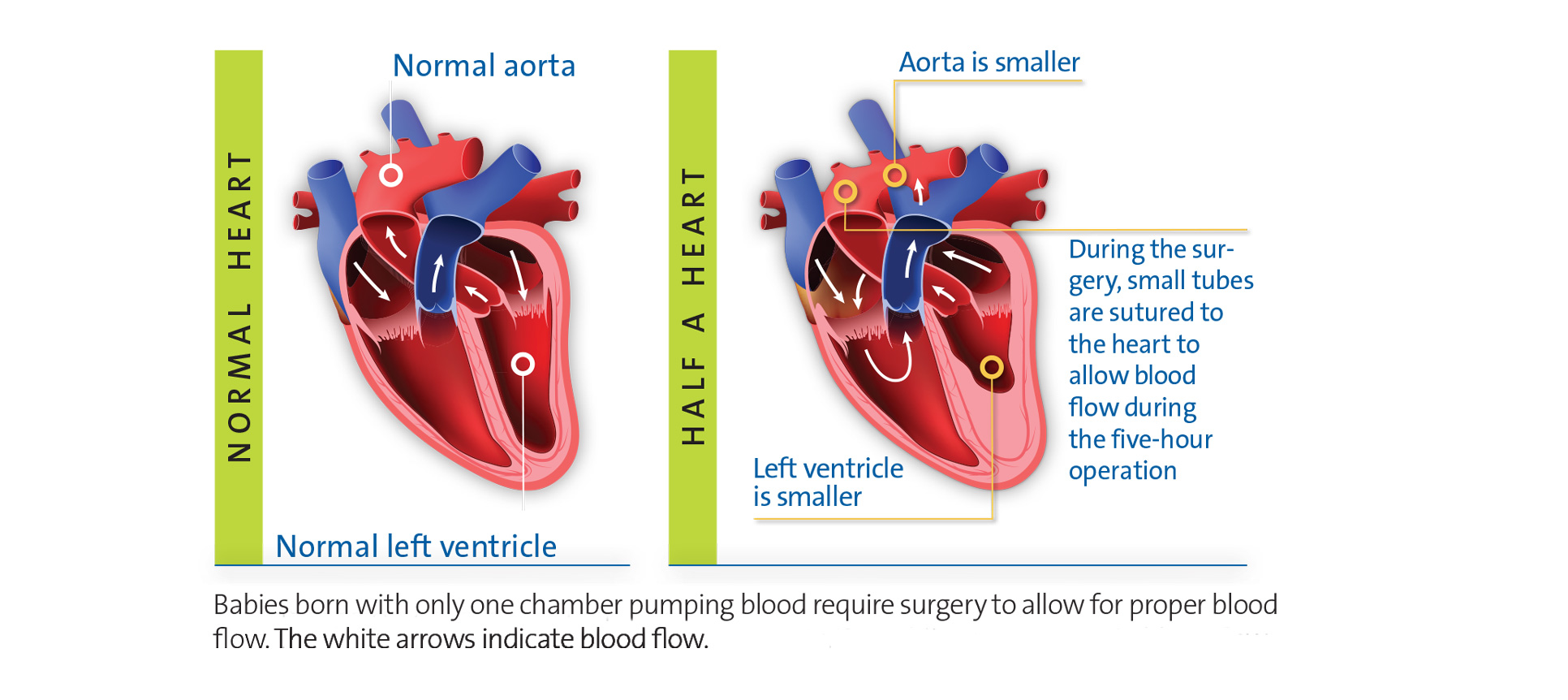
Duke pediatric heart surgeons are credited with developing and honing a lower-risk approach for the Norwood operation. Traditionally, surgeons were forced to stop the heart and cool the body’s organs to slow blood flow during surgery. But Duke pediatric heart surgeon Joseph Turek, MD, PhD, and his team developed a way to perform the operation while the heart continues to pump. This allows the heart, brain, and other vital organs to continue receiving blood flow, which lowers the chance of organ malfunction and increases the odds of survival from an average of less than 88% to more than 97%, according to the Society of Thoracic Surgeons.
Dr. Turek and Dr. Overbey have performed the Norwood procedure hundreds of times and are leaders in the field.
“I never forget the child I am operating on is someone’s baby and everything to them,” Dr. Turek said. “I want to do everything I can to help these children live long, productive lives and to advance the field in the process.”
